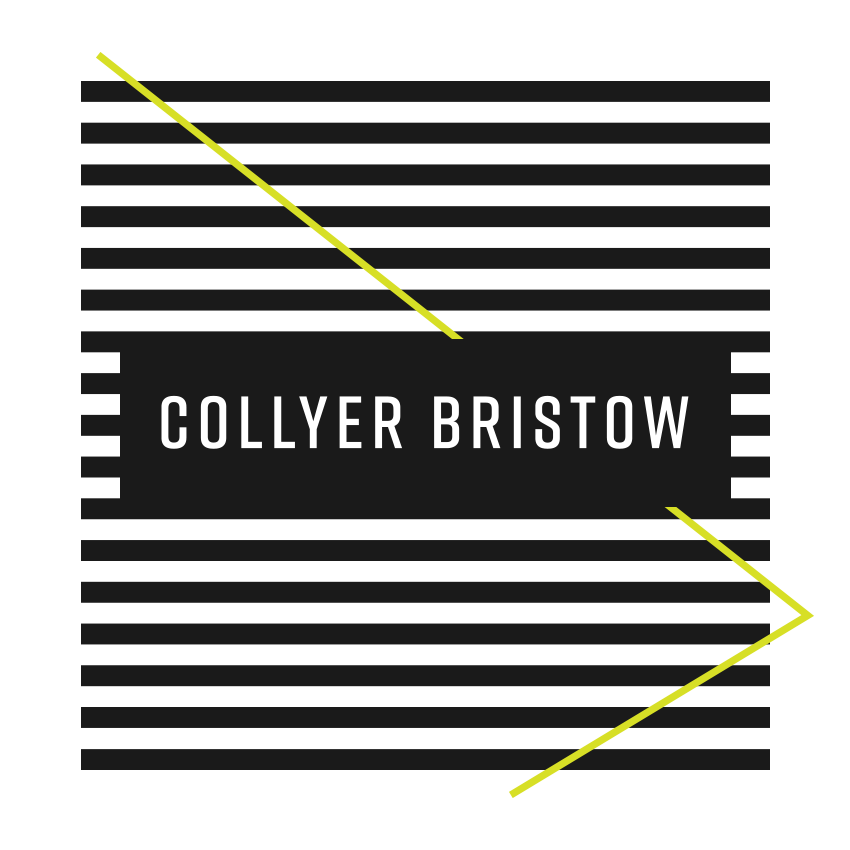- Media & privacy

Longer Reads
Social media should be responsible for libels
More and more cases are being brought against individuals for Twitter defamation, but it is not only them to blame.
1 minute read
Published 18 April 2019
Key information
- Specialisms
- Private Wealth
- Services
- Media & privacy
AC Grayling’s victory last week in a Twitter libel case has set down a marker to those who think they can attack and insult people online with impunity.
Grayling, a renowned philosopher and author, sued Peter North, a former UKIP candidate, who tweeted: “I’d bet good money that AC Grayling has a hard drive full of under-age botty sex videos.” North failed to file a defence and Grayling was awarded £20,000.
If the case had been defended, the legal argument would probably have centred on whether this was a false statement or just a nasty insult. Libel claims cannot be brought for mere insults or abuse. The claimant must prove that a false statement was published which caused serious harm to their reputation.
The first Twitter libel case was brought in 2012 when international cricketer Chris Cairns sued over false allegations of involvement in match-fixing. In contrast to Grayling’s claim, this case went to trial. Despite the fairly limited reach of the tweet in question, damages of £90,000 were awarded, with costs of over £1 million – a very expensive tweet for the defendant, Lalit Modi, former chairman of the Indian Premier League.
There are three elements to awarding damages in defamation cases: hurt feelings, injury to reputation and the need for vindication. The judge in the Grayling case emphasised that the figure awarded should provide vindication for the claimant, commenting: “It must be clearly stated that there is no truth in the allegation against him.”
However, the damages awarded could be regarded as fairly low, given the very serious nature of the allegation. This could be in recognition that the libel fell on the border line between abusive insult and defamatory statement. It was a “particularly pernicious” libel according to the judge, but how much real harm to reputation was caused? The damages may have been awarded more for the claimant’s hurt feelings and need for vindication.
Since 2012 there has been a growing trend of libel claims being brought over abusive tweets and other online defamation, and with the current environment of widespread abuse on social media, this is certain to continue.
This trend poses an interesting problem in law. Publishers of newspapers have generally been the target of libel claims in the past, rather than individual journalists. The law makes the publisher liable, so how should it treat technology companies such as Twitter and Facebook?
The crucial difference is that on such platforms there is no editor who can control or prevent a tweet. This means liability can only be attached after the online publisher is made aware of the post’s publication. However, this is not a carte blanche exemption. If they fail to remove it after being put on notice, they can and should also be liable for damages, but the law has a way to go before ensuring that happens in practice in all cases.
First featured in The Times on 14 Mar 2019
Related content
Longer Reads
Social media should be responsible for libels
More and more cases are being brought against individuals for Twitter defamation, but it is not only them to blame.
Published 18 April 2019
Associated sectors / services
AC Grayling’s victory last week in a Twitter libel case has set down a marker to those who think they can attack and insult people online with impunity.
Grayling, a renowned philosopher and author, sued Peter North, a former UKIP candidate, who tweeted: “I’d bet good money that AC Grayling has a hard drive full of under-age botty sex videos.” North failed to file a defence and Grayling was awarded £20,000.
If the case had been defended, the legal argument would probably have centred on whether this was a false statement or just a nasty insult. Libel claims cannot be brought for mere insults or abuse. The claimant must prove that a false statement was published which caused serious harm to their reputation.
The first Twitter libel case was brought in 2012 when international cricketer Chris Cairns sued over false allegations of involvement in match-fixing. In contrast to Grayling’s claim, this case went to trial. Despite the fairly limited reach of the tweet in question, damages of £90,000 were awarded, with costs of over £1 million – a very expensive tweet for the defendant, Lalit Modi, former chairman of the Indian Premier League.
There are three elements to awarding damages in defamation cases: hurt feelings, injury to reputation and the need for vindication. The judge in the Grayling case emphasised that the figure awarded should provide vindication for the claimant, commenting: “It must be clearly stated that there is no truth in the allegation against him.”
However, the damages awarded could be regarded as fairly low, given the very serious nature of the allegation. This could be in recognition that the libel fell on the border line between abusive insult and defamatory statement. It was a “particularly pernicious” libel according to the judge, but how much real harm to reputation was caused? The damages may have been awarded more for the claimant’s hurt feelings and need for vindication.
Since 2012 there has been a growing trend of libel claims being brought over abusive tweets and other online defamation, and with the current environment of widespread abuse on social media, this is certain to continue.
This trend poses an interesting problem in law. Publishers of newspapers have generally been the target of libel claims in the past, rather than individual journalists. The law makes the publisher liable, so how should it treat technology companies such as Twitter and Facebook?
The crucial difference is that on such platforms there is no editor who can control or prevent a tweet. This means liability can only be attached after the online publisher is made aware of the post’s publication. However, this is not a carte blanche exemption. If they fail to remove it after being put on notice, they can and should also be liable for damages, but the law has a way to go before ensuring that happens in practice in all cases.
First featured in The Times on 14 Mar 2019
Associated sectors / services
- Media & privacy
Need some more information? Make an enquiry below.
Enjoy reading our articles? why not subscribe to notifications so you’ll never miss one?
Subscribe to our articlesMessage us on WhatsApp (calling not available)
Please note that Collyer Bristow provides this service during office hours for general information and enquiries only and that no legal or other professional advice will be provided over the WhatsApp platform. Please also note that if you choose to use this platform your personal data is likely to be processed outside the UK and EEA, including in the US. Appropriate legal or other professional opinion should be taken before taking or omitting to take any action in respect of any specific problem. Collyer Bristow LLP accepts no liability for any loss or damage which may arise from reliance on information provided. All information will be deleted immediately upon completion of a conversation.
Close



























